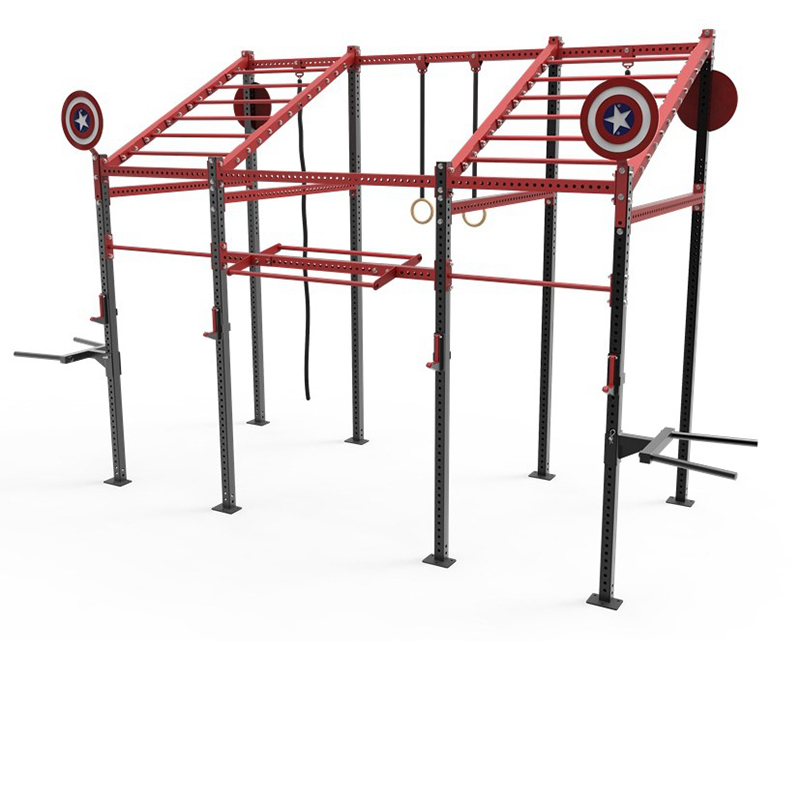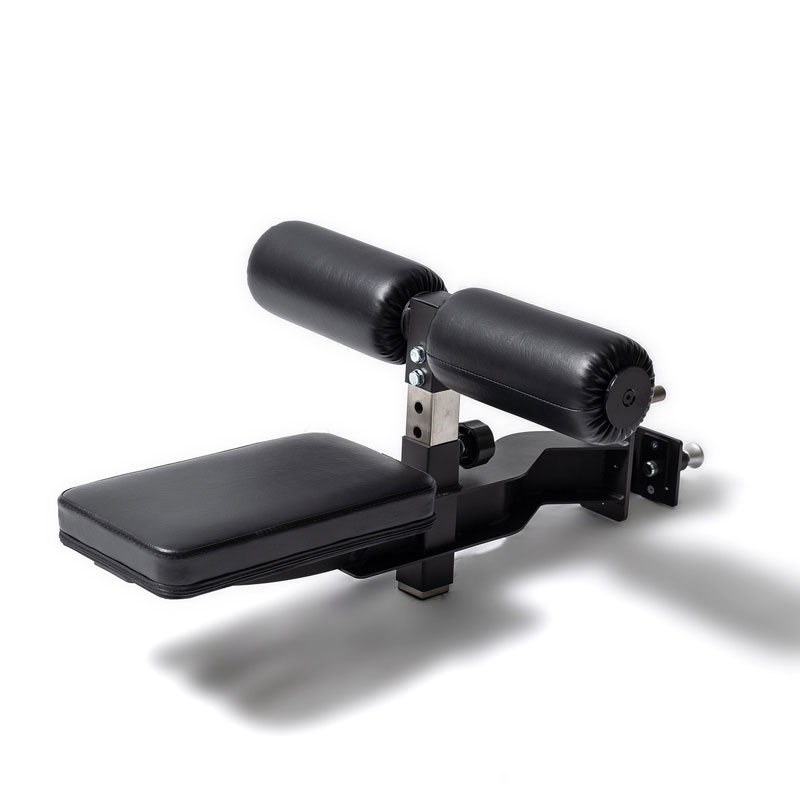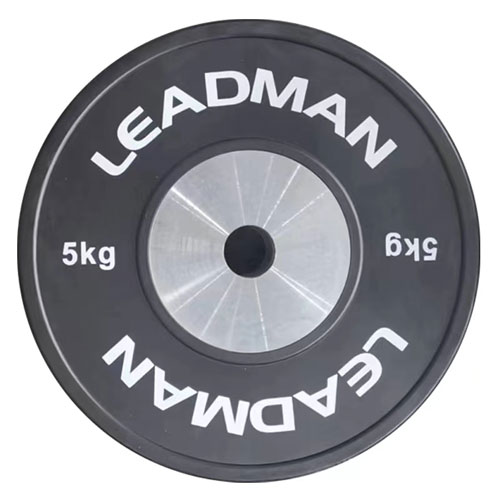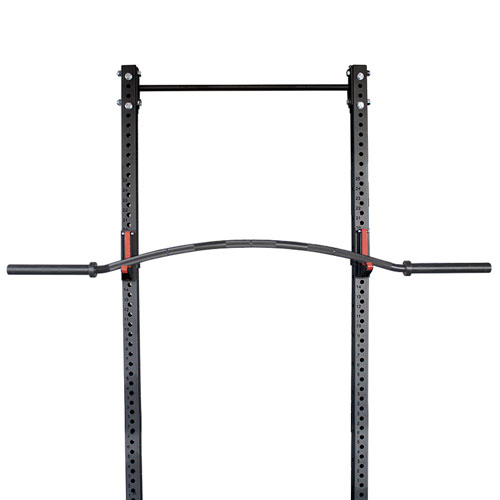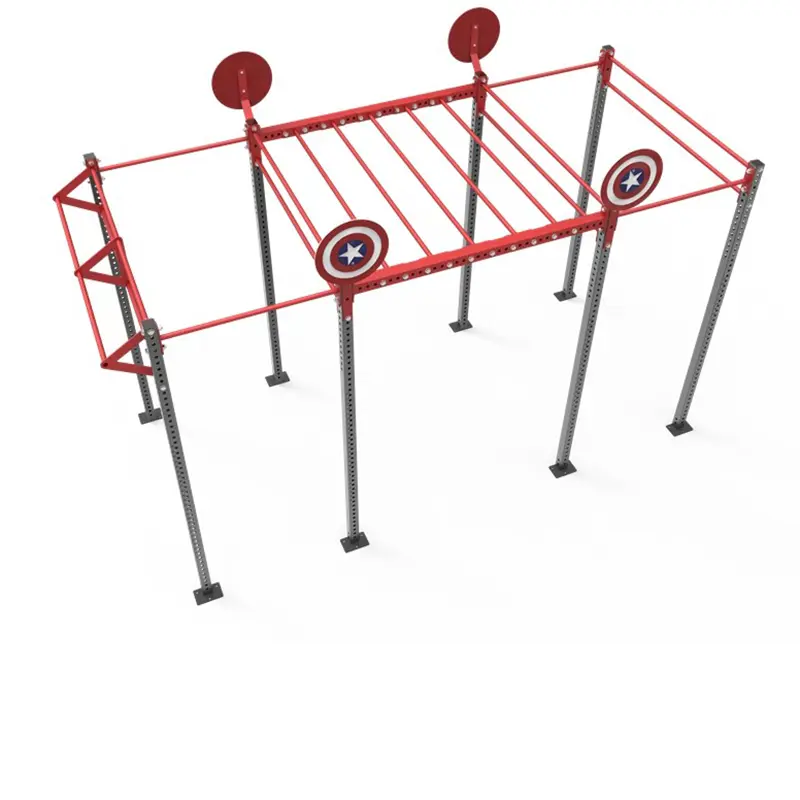Jak ważne jest używanie maty pod ławką treningową?
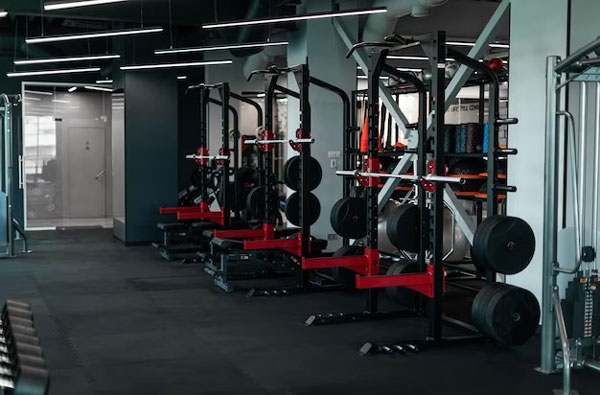
Imagine this: You're finally setting up your dream home gym, meticulously choosing weights, a sturdy weight bench, and… a gaping hole in your plan. That nagging feeling in the pit of your stomach telling you something's missing? It might be a mat. The creaking of your hardwood floors as you lower that heavy barbell, the worried glance at your expensive Persian rug, or the impending dread of a neighbor's noise complaint – these are all scenarios that highlight the importance of considering a mat for your weight bench. So, the core question: Is a mat necessary under a weight bench? The answer, as we'll explore, is nuanced. A mat under a weight bench isn't always essential, but offers significant benefits depending on your situation and priorities. This guide will help you determine if a mat is a crucial investment or an optional extra.
Ochrona podłóg: Zapobieganie kosztownym uszkodzeniom
Your flooring is a significant investment, and damage from a weight bench can be surprisingly extensive and expensive to repair. The type of flooring you have drastically affects its vulnerability.
- Drewno liściaste: Prone to scratches, dents, and indentations from dropped weights or the constant pressure of the bench's legs. Repairs can involve costly sanding, refinishing, or even replacing entire planks.
- Dywan: While seemingly more forgiving, heavy weights can flatten the pile, creating permanent indentations. Moisture from sweat can also seep into the padding, leading to mildew and unpleasant odors.
- Płytka:Generalnie są bardziej odporne, ale upuszczone ciężary mogą nadal powodować odpryski lub pęknięcia płytek, co skutkuje kosztowną wymianą.
- Beton:Najbardziej odporny, ale nawet beton może z czasem ulec przebarwieniom i wgnieceniom, zwłaszcza przy większych obciążeniach.
A simple mat can act as a buffer, absorbing impact and preventing these costly damages. Imagine replacing a damaged hardwood floor: the labor, material costs, and disruption to your home can easily run into hundreds, even thousands, of dollars. A preventative mat, on the other hand, costs a fraction of that and offers long-term protection.
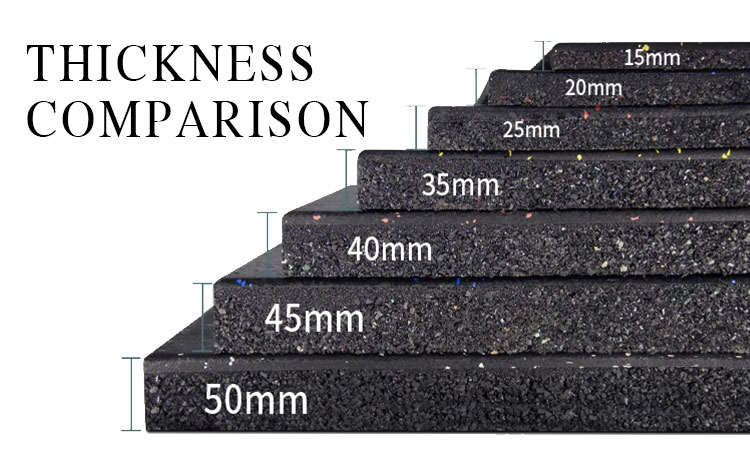
Reducing Noise and Vibration: A Harmonious Home Gym
Podnoszenie ciężarów nieuchronnie generuje hałas i wibracje, zwłaszcza przy większych ciężarach i intensywnym treningu. Stukot ciężarów, skrobanie metalu i wibracje przenoszone przez podłogę mogą być uciążliwe dla domowników, a zwłaszcza dla sąsiadów.
Repeated loud noises can lead to friction with roommates or neighbours, potentially escalating into complaints or even legal issues. A thick, well-designed mat significantly reduces noise and vibrations. Materials like rubber and high-density foam are particularly effective at absorbing impact sound.
Consider the scenario of living in an apartment building. The sounds of your workout, amplified by the building's structure, can travel easily to neighbouring units. A mat can be the difference between maintaining harmonious relationships with your neighbours and facing complaints or conflicts.
Poprawa stabilności i bezpieczeństwa: Bezpieczniejszy trening
A mat doesn't just protect your floors; it also enhances the stability and safety of your weight bench. Uneven surfaces can cause the bench to wobble, increasing the risk of accidents. A mat provides a level, stable base, preventing slippage and ensuring a secure workout. This is especially important during demanding exercises like bench presses or overhead presses, where stability is paramount to avoid injury.
A stable bench reduces the chance of the bench shifting during heavy lifts, minimizing the risk of dropped weights or injuries. The increased safety benefits not only the user but also protects the surrounding environment from damage caused by accidental weight drops.
Rodzaje mat do ławek treningowych: Znalezienie idealnego dopasowania
The market offers a variety of mats specifically designed for weightlifting. Choosing the right one depends on your needs and budget.
- Maty piankowe:Niedrogie i stosunkowo lekkie, zapewniają dobrą amortyzację i redukcję hałasu. Mogą być jednak mniej trwałe niż inne opcje i z czasem mogą się kompresować.
- Maty gumowe: More durable and provide superior shock absorption and noise dampening. They're more expensive but offer long-term value.
- Puzzle Mats: Interlocking tiles that can be customized to fit any space. Easy to clean and replace individual tiles if damaged. However, the seams can be a tripping hazard.
- Maty do jogi: Generally thinner and less durable than dedicated weightlifting mats. Suitable for lighter weight training but not ideal for heavy lifting.
Consider the size and thickness of the mat. It should extend beyond the base of the weight bench to provide adequate protection and stability. Thicker mats (at least ½ inch to 1 inch) offer better cushioning and noise reduction.
(Zamieść tutaj linki do polecanych mat na Amazon lub u innych sprzedawców detalicznych).
When a Mat is Absolutely Necessary: Non-Negotiable Situations
W niektórych sytuacjach mata jest nie tylko zalecana, ale wręcz niezbędna.
- Apartament Living:Potencjalne skargi na hałas i uszkodzenia wspólnych podłóg sprawiają, że mata jest niezbędna.
- Delikatne podłogi: Hardwood, parquet, or tiled floors require extra protection. The risk of irreversible damage far outweighs the cost of a mat.
- Apartamenty na wyższych piętrach:Wpływ ciężaru jest wzmocniony na wyższych piętrach, co sprawia, że redukcja hałasu jest jeszcze bardziej krytyczna.
Niezastosowanie maty w takich sytuacjach może prowadzić do kosztownych napraw, napiętych relacji z sąsiadami, a nawet sporów prawnych.
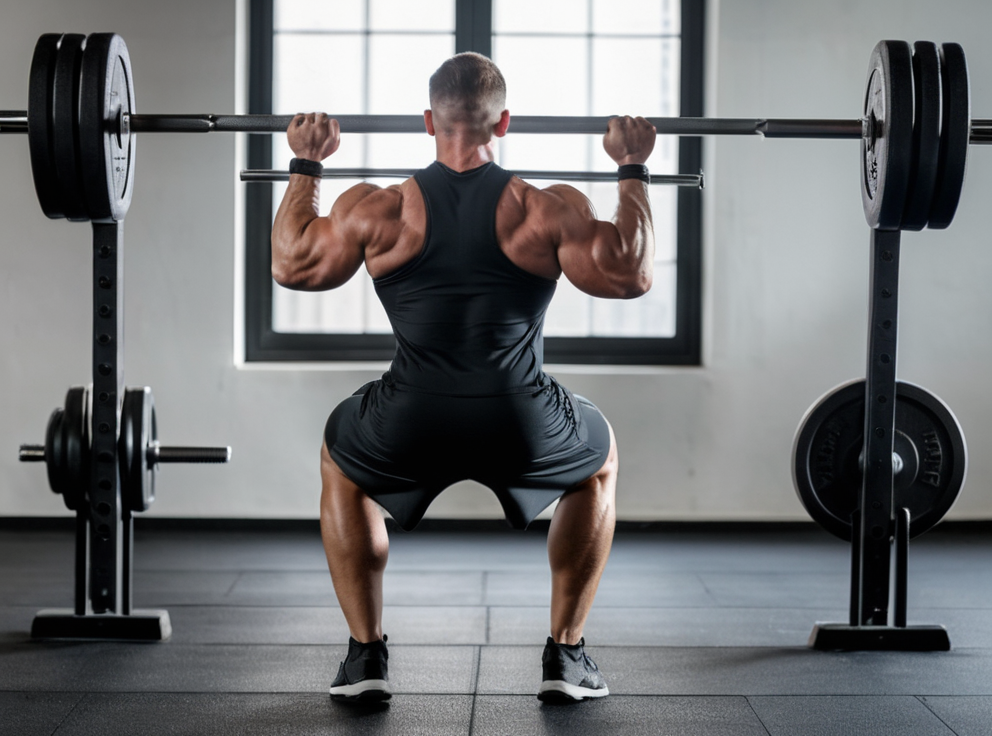
When a Mat Might Be Optional: Weighing the Costs and Benefits
W niektórych scenariuszach potrzeba maty jest mniej krytyczna.
- Podłogi betonowe:Beton jest naturalnie odporny na uszkodzenia, co sprawia, że mata jest mniej niezbędna. Mata może jednak poprawić stabilność i zmniejszyć hałas.
- Garaże:Środowisko garażu jest zwykle bardziej wyrozumiałe, a potencjał uszkodzeń jest ograniczony.
- Dedykowane sale treningowe z elastyczną podłogą:Jeśli masz dedykowaną salę treningową z gumową lub podobną podłogą już zainstalowaną, mata może być zbędna.
In these situations, a cost-benefit analysis is appropriate. Weigh the price of a mat against the potential risks of damage or noise complaints. If the risks are minimal, a mat might be an optional expense.
Alternatives to Mats: Exploring Other Options
Chociaż maty są najpopularniejszym rozwiązaniem, istnieją również inne opcje.
- Sklejka: A sheet of plywood can provide a solid, level base for the weight bench. However, it offers no cushioning or noise reduction.
- Wytrzymały dywan:Gruba wykładzina dywanowa może zapewnić pewną ochronę, ale z czasem mogą pojawić się na niej wgniecenia.
Te alternatywy są zwykle mniej wygodne i skuteczne niż dedykowane maty do podnoszenia ciężarów, ponieważ nie zapewniają amortyzacji, redukcji hałasu i stabilności.
Podsumowanie: Dokonanie właściwego wyboru
A mat under a weight bench offers multiple benefits: floor protection, noise reduction, enhanced stability, and increased safety. Whether or not it’s necessary depends on your specific circumstances. Consider your flooring type, your living situation, the intensity of your workouts, and your budget. If you're in an apartment, have delicate floors, or are prone to dropping weights, a mat is virtually non-negotiable. If you have resilient flooring and a dedicated workout space, it becomes a more optional, though still beneficial, investment. Prioritize safety and consider the long-term cost of potential damage against the relatively low cost of a protective mat.
Sekcja bonusowa: Rozwiązania DIY dla mat
For the budget-conscious, consider repurposing thick rubber sheets, interlocking foam tiles, or even using multiple layers of cardboard or heavy-duty padding for a more economical, albeit less aesthetically pleasing, solution. Remember, safety and effectiveness are paramount regardless of your chosen method.
Najczęściej zadawane pytania dotyczące korzystania z maty pod ławką treningową
1. Dlaczego powinienem używać maty pod ławką treningową?
Używanie maty pod ławką treningową chroni podłogę przed zarysowaniami, wgnieceniami i innymi uszkodzeniami spowodowanymi przez duże ciężary lub stały nacisk. Zmniejsza również hałas, zapobiega wibracjom i zapewnia stabilną podstawę, zapewniając bezpieczniejszy trening.
2. Czy mogę używać dowolnej maty pod ławką treningową, czy potrzebuję konkretnej maty?
Chociaż każda mata może zapewnić pewną ochronę, mata zaprojektowana specjalnie do podnoszenia ciężarów jest idealna. Maty gumowe lub maty z pianki o wysokiej gęstości zapewniają lepszą amortyzację, redukcję hałasu i stabilność w porównaniu do standardowych mat domowych.
3. Czy potrzebuję maty, jeśli mam betonową podłogę?
Podłogi betonowe są odporne na uszkodzenia, ale korzystanie z maty nadal przynosi korzyści. Pomaga zredukować hałas, poprawia stabilność ławki do wyciskania ciężarów i zapewnia dodatkową amortyzację, dzięki czemu trening jest wygodniejszy i bezpieczniejszy.
4. Jak wybrać odpowiednią matę do ławki treningowej?
Weź pod uwagę takie czynniki jak trwałość, grubość i materiał. Maty gumowe są bardzo trwałe i skuteczne w redukcji hałasu. Grubość co najmniej ½ cala do 1 cala zapewnia lepszą amortyzację i stabilność. Upewnij się, że mata jest wystarczająco duża, aby pokryć cały obszar pod ławką do wyciskania ciężarów.

